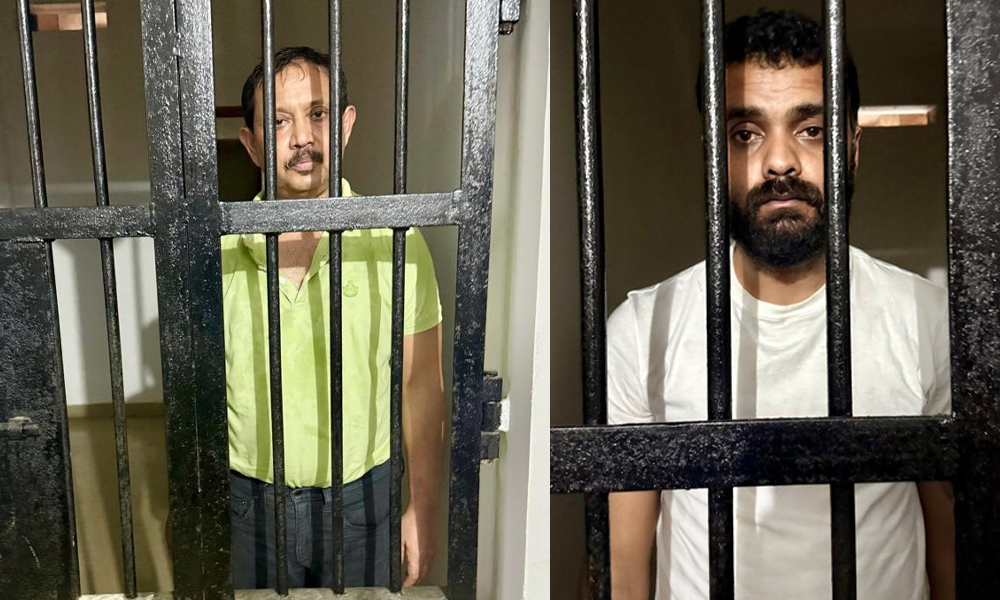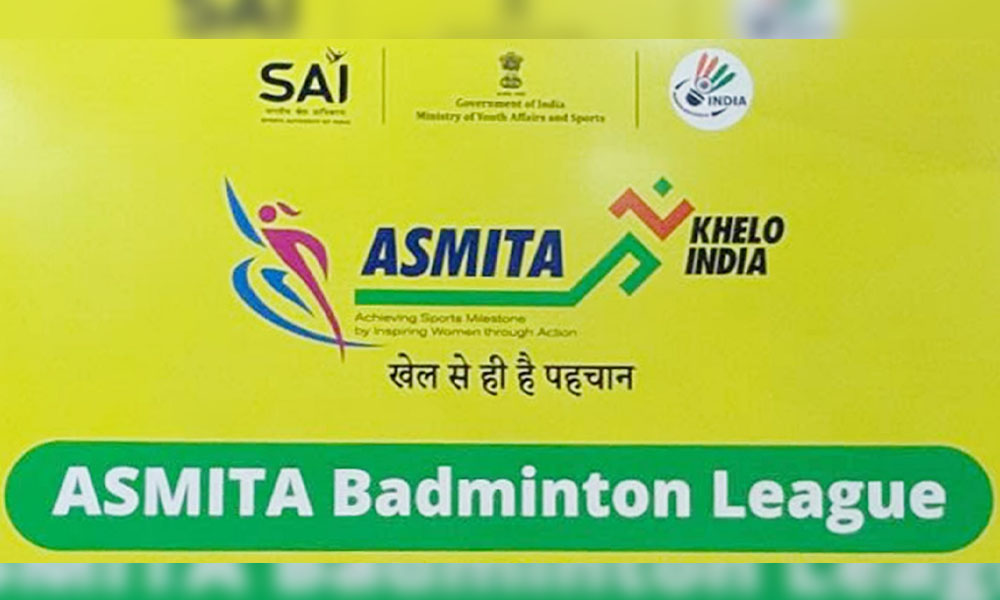Infections with the Zika virus are now identified by laboratory-based polymerase chain reaction (PCR) testing, which can amplify the virus' genetic material and identify it.
Digital Desk: According to a recent
study published in the journal Analyst, scientists have created a device that
can be attached to a smartphone and quickly test for the Zika virus in a single
droplet of blood.
If
you have Zika, malaria, dengue, or chikungunya, you can visit the doctor with a
fever and they won't know why, according to Brian Cunningham, a professor at
the University of Illinois Urbana-Champaign. "Mosquito-borne viruses cause
deadly diseases, but they have comparable symptoms."
He
emphasizes the need for identifying the virus and continues, "But it's
vital to know whether it's Zika, especially if the patient is pregnant, because
the repercussions for a growing foetus are really serious." Zika causes
developmental abnormalities in newborns.
Infections
with the Zika virus are now identified by laboratory-based polymerase chain
reaction (PCR) testing, which can amplify the virus' genetic material and
identify it. Despite being quick, easy, accurate, and sensitive,
laboratory-based approaches frequently call for skilled workers and include
complicated procedures.
Here,
the researchers employed a technique suitable for remote testing called
Loop-Mediated Isothermal Amplification to identify the virus in the blood
samples. LAMP just needs one temperature, 65°C, making it simpler to regulate
than PCR, which needs 20–40 repeated temperature changes to amplify the genetic
material.
Particularly
when it comes to the other components in a blood sample, PCR tests are
particularly sensitive to the presence of contaminants. As a result, before the
sample can be used, it must first be cleansed. However, LAMP does not call for
such a purification step.
The
equipment is clipped onto a smartphone, and the test is run by inserting a
cartridge containing the reagents needed to detect the virus. Within five
minutes of the patient adding a drop of blood, one group of chemicals breaks
free the blood cells and viruses. It is heated to 65°C by a heater beneath the
cartridge.
If the blood sample includes the Zika
virus, the second set of chemicals increases the viral genetic material, and the
liquid inside the cartridge fluoresces brilliant green. It takes 25 minutes to
complete the operation.
"In order to ensure that the
smartphone's rear camera is focused on the cartridge while the amplification is
taking place, we created a clip-on gadget. Positive reactions result in tiny
green fluorescence blooms that eventually fill the entire cartridge with green
light "explained, Cunningham.
To concurrently detect other
mosquito-borne diseases, the researchers are already creating similar gadgets
and are attempting to make them even smaller.

















